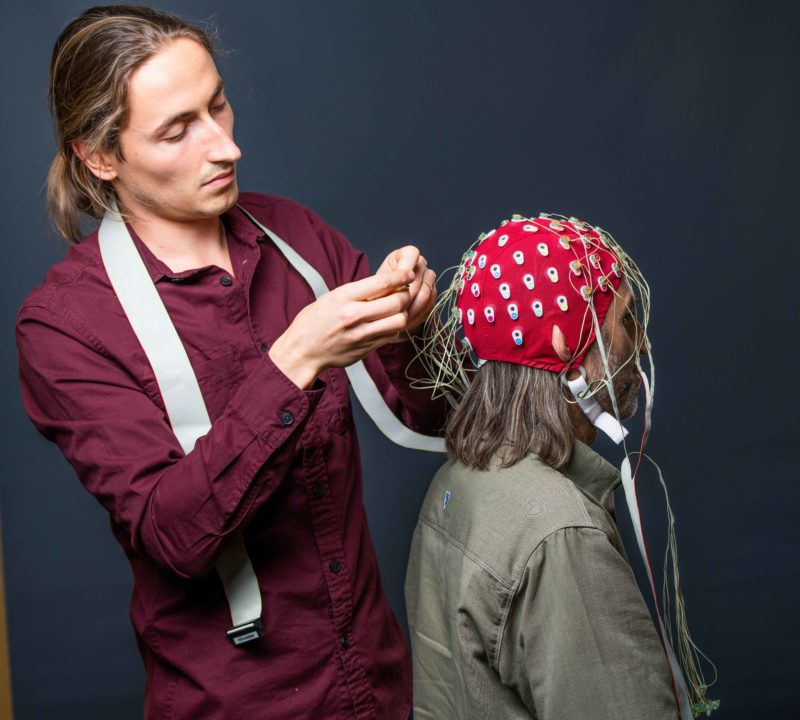Bio
Cédric Cannard is a computational neuroscientist and researcher whose work integrates neuroscience, neuropsychology, biosignal analysis, robust statistics, software development, and machine/deep learning.
He holds a Bachelor's degree in Sports Science, a Master's in Neuropsychology and Clinical Neuroscience, and a PhD in Neuroscience. As an undergraduate, he contributed to research on brain atrophy in schizophrenia (CEA, ISTCT, Caen) and on brain oscillations underlying visual perception and attention (CerCo, CNRS, Toulouse). During his PhD with Dr. Arnaud Delorme (2018–2021), he developed open-source tools for low- and high-density EEG analysis, collected and processed large-scale EEG datasets using wearable technologies (>500 participants), analyzed multimodal biosignals (EEG, ECG, PPG, GSR/EDA, EGG, voice), developed several EEGLAB plugins, and identified EEG and HRV correlates of well-being using low-cost hardware.
As a Senior Research Associate at the Institute of Noetic Sciences (2021–2024), he investigated transformation, meditation, altered states of consciousness, predictive processes, quantum wave-collapse experiments, and developed the BrainBeats toolbox for facilitating the study of brain-heart interactions and the Ascent toolbox for computing brain entropy/complexity/aperiodic measures.
He then served as Director of Research at Evolve, a neurotechnology startup building transformational virtual reality-based biofeedback programs for nervous system regulation, cognitive training, and mental health disorders. He is a Research Fellow at the Institute of Noetic Sciences, a reviewer for renowned high-impact journals (e.g., Scientific Reports, Journal of NeuroEngineering and Rehabilitation , PLOS ONE, and Frontiers in Neuroscience), a moderator for the EEGLAB discussion list, and a member/advisor for The Global Consciousness Project , Valis Corporation, and Coalition Neurotech.
Cédric is currently working as an inpendent contractor for the Psychiatry and Human Behavior department at UC Irvine (developing psychophysics programs to synchronize stimulus presentation with EEG signals), the Swartz Center for Computational Neuroscience at UC San Diego (developing a new EEGLAB plugin for analyzing intracranial EEG data), and for the the Institute for Advanced Consciousness Studies (IACS).

